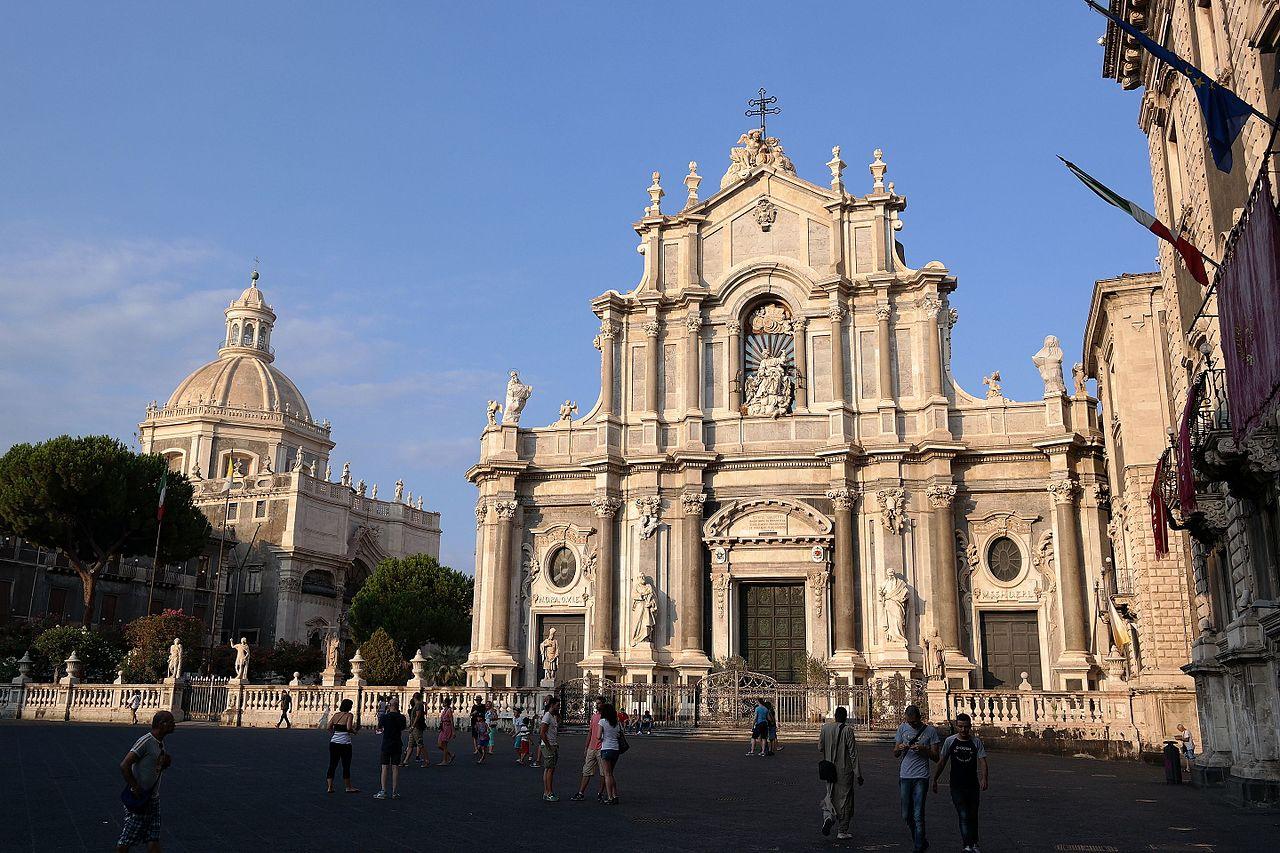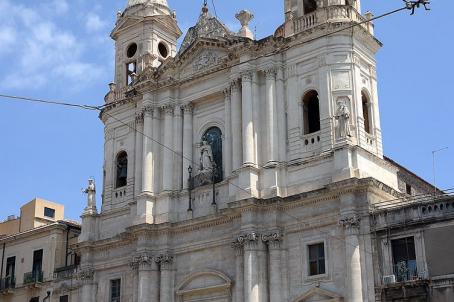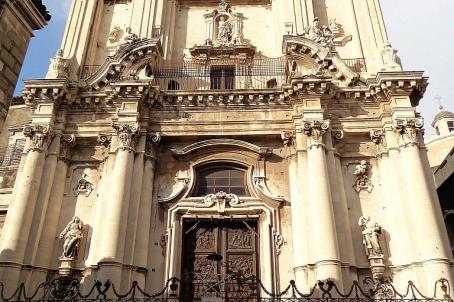Catania Cathedral
For its dual religious and defensive function (against Saracen incursions), Catania Cathedral was called the fortress church (Ecclesia Munita). The church was dedicated to the city's patron saint, Saint Agatha, by Ansger in 1094. The 1169 earthquake destroyed the vaults and damaged the columns and its exterior walls. The reconstruction was destroyed by the 1693 earthquake, which shook a large part of eastern Sicily hard.






